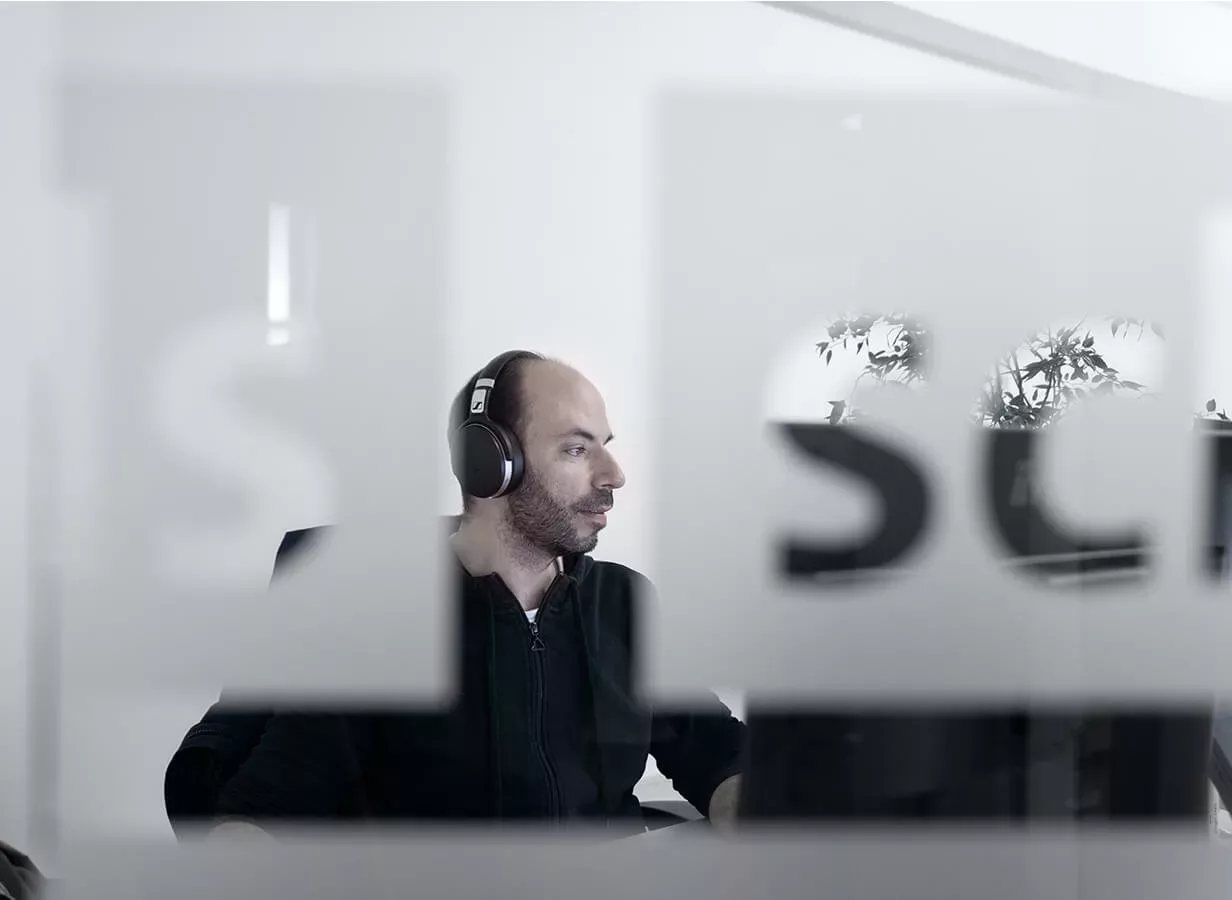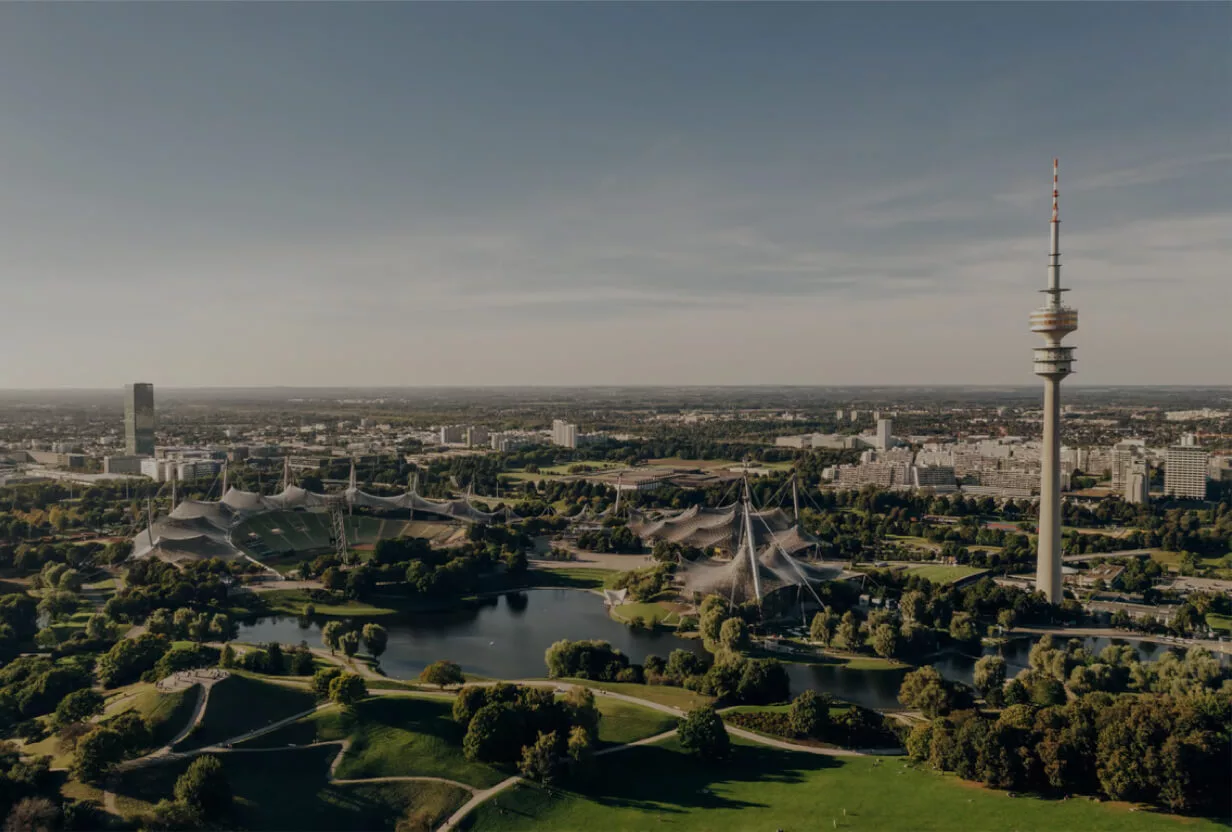Step by step to effective online marketing
Your online presence plays a key role in determining how your company is perceived. Use various channels and touchpoints to pursue your brand strategy, strengthen your brand, increase customer loyalty and attract attention – we will be happy to support you!
Mehr erfahren zu Step 01
Individual advice
In an initial analysis session, known as an audit, we work with you to look at your set-up, your marketing goals and your wishes. This allows us to identify which online marketing measures are suitable for you and your business model.
Mehr erfahren zu Step 02
Strategic planning
Following the audit, a suitable online marketing strategy is developed. We take into account your target groups, your business model and the available budget. We define achievable, measurable goals and derive KPIs from them, for the achievement of which you receive specific recommendations for action.
Mehr erfahren zu Step 03
Consistent implementation
The operational implementation of your online marketing strategy begins with the evaluation of your data and the associated definition of specific measures and recommendations for action. We accompany you through all stages and ensure high-quality implementation.
Mehr erfahren zu Step 04
Continuous optimization
To ensure the quality of your measures in the long term, we rely on A/B and multi-testing, continuous conversion optimization and regular reporting in which we refer to your goals, your strategy and current developments on the market.
Frequently asked questions
You can find even more information on effective online marketing here in our FAQs. That wasn't enough? Then we look forward to talking to you in person!
There are three main categories of channels:
1. owned media: This includes the company’s own website, blogs, social media profiles and email marketing. Companies own and control these channels.
2. paid media: This includes search engine advertising, display advertising, social media advertising, video advertising and influencer marketing. Companies pay to make their message accessible to a wider audience.
3. earned media: This is organically generated content and mentions, such as online PR, social media mentions, reviews and recommendations, which arise as a result of positive interactions with the brand.
In most cases, a mixture of these channels is recommended in order to achieve online marketing goals and maximise the company’s own reach. The choice of channels depends on your goals, target groups and budget.
SEM stands for “Search Engine Marketing” and refers to strategies and tactics used to increase visibility in search engines. It combines search engine optimisation (SEO) and paid advertising (SEA) to achieve maximum presence in search results. For SEM to be successful, it is important to develop a holistic and long-term strategy with special consideration of user needs. From thorough keyword research and the optimisation of landing pages and content to technical implementation, analysis and continuous optimisation: successful SEM combines a wide range of disciplines and creates new potential for your online marketing with a suitable set-up.
The answer to this question depends on various factors; generally speaking, you could say that it depends. You don’t pay per click for SEO (unlike SEA) – which makes it difficult to draw a direct comparison here. SEO is also a continuous process of optimising the website, which can also take user-friendliness into account. This can also have an indirect impact on SEA performance, as it plays a significant role in determining the quality factor of adverts and therefore influences the ranking in paid search results (ad results). Overall, it can be said that it does not make sense for companies to choose between SEO and SEA – because professional SEO should always be fully focussed on the needs and goals of your company and thus form a basis on which you can build even greater growth with the help of SEA if required.
Technical SEO is an essential aspect of search engine optimisation. It aims to improve the technical infrastructure of your website in order to achieve better visibility in search engines. This includes structural adjustments to the website as well as optimising loading times (pagespeed), ensuring crawlability (only accessible URLs are evaluated) and indexability (only indexable URLs are evaluated).
Overall, technical SEO helps search engines to crawl and index your website efficiently, which leads to better visibility and higher rankings in search results. After all, what good is the best content if it is not readable for the search engine?
Content SEO is the optimisation of the content of your website with the aim of generating qualified traffic – in other words, attracting users who are genuinely interested in your products or services.
Every SEO content strategy starts with a keyword analysis, because only if you know the relevant keywords for your product that your customers are searching for can you optimise your site for them, increase your reach and thus maximise your conversion rate. Content optimisation means providing high-quality, informative and user-friendly content and optimising it for search engines. This increases the chances of a good ranking or positioning of the website in the search engine results.
On LinkedIn, you can reach professional target groups in a professional environment – and thus utilise particularly precise targeting options. As a company, you benefit from this very specifically with lead generation (e.g. lead-gen forms), but also through the acquisition of data, analyses and insights as well as general networking and branding. LinkedIn offers a wide range of possible formats, such as sponsored content, sponsored InMail or display ads.






